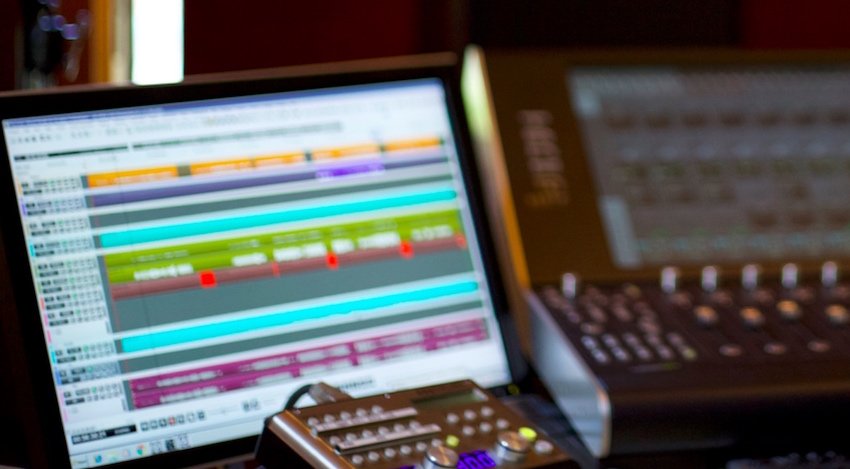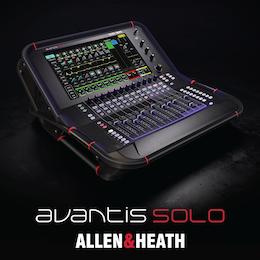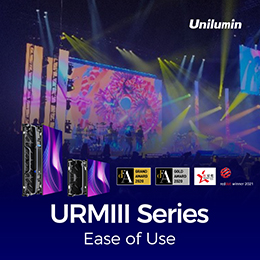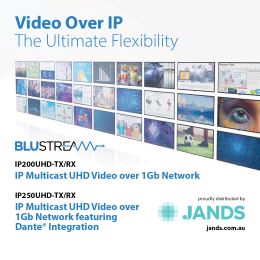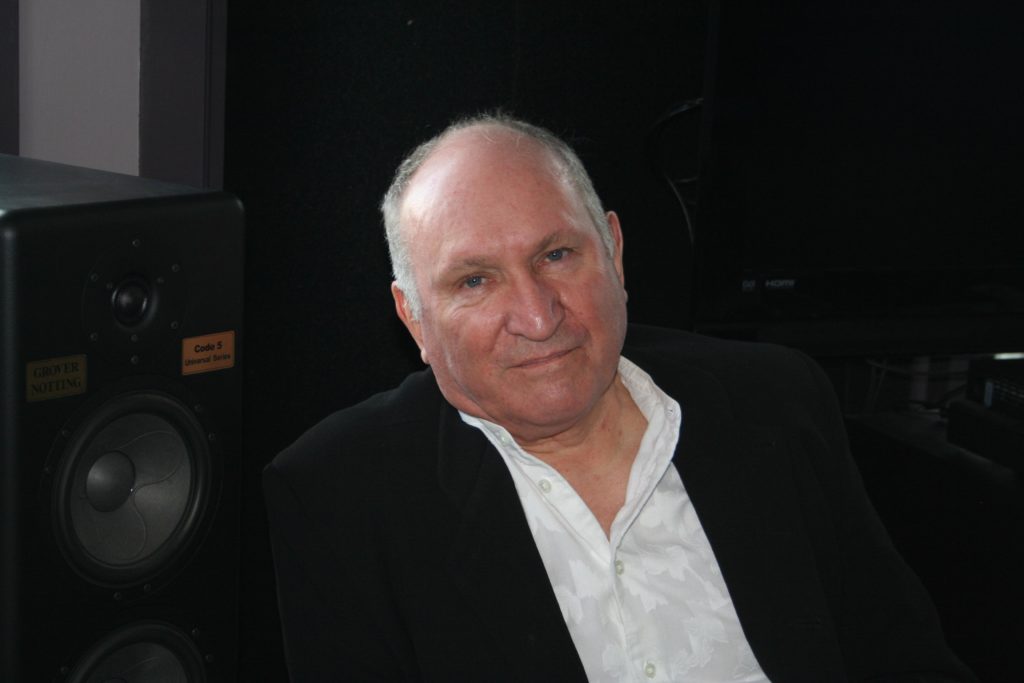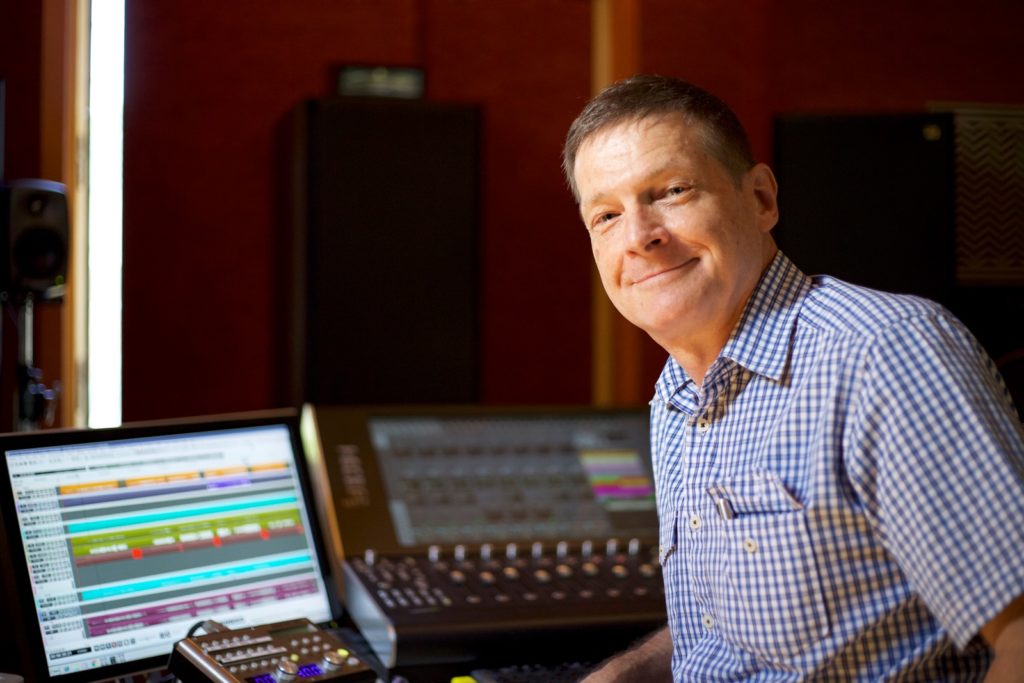Subscribe to CX E-News
Classic Audio Designs/Grover Notting and ATT Audio Control’s Frank Hinton has embarked on a mission to scientifically and experientially evaluate the merits of sample rates, word clocks, and playback formats.
The Grover Notting Research Album (GNRA) will see top-shelf musos play and record in an acoustically excellent space, captured by the best engineers, with the raw data handed to University-based researchers to evaluate.
While the project is temporarily on hold due to the pandemic, the musos and studio are standing by, giving Frank some time to answer questions…
What playback formats and sample rates are you going to evaluate?
From the outset, the album was destined to be a multi-channel capture, enabling numerous listening formats and experiences, from mono to immersive sound variants.
A variety of sample rates will be captured simultaneously, and debate continues amongst our team and supporters as to best practice and outcome imperatives, given that resources are not unlimited. In addition, we do not want to complicate the process by producing unnecessary amounts of audio data.
At this point, reality suggests a simultaneous capture in three sample rates, at most four, will satisfy our purposes and lay bare the experiential reality. In the traditional audio family stream, that would be 44.1 and 352.8kHz (DXD) and either 88.8 or 176.4kHz, or both.
If we chose to record in the DVD audio family stream it would be 48 and 384kHz and either 96 or 192kHz, or both. Other considerations that will drive ultimate decision making include track count capability relative to the technology resources at our disposal.
Evaluating word clock sources wasn’t part of the original scope of the project. Why have you decided to include it?
What began as a recording sample rate evaluation has progressed to explore other critical technologies and techniques that directly impact the human experience of recorded music, an endeavour never before attempted to our knowledge.
We recently decided to include the evaluation of variant word clock technology. It seems many have overlooked, or don’t understand, the critical role of the word clock in digital audio, in particular phase noise performance, which closely relates to jitter, and directly impacts what we hear.
It is interesting to note that the phase noise specification does not necessarily correlate to the asking price.
What approaches are you taking in terms of capture? Is it all live, or will you be allowing overdubs?
By virtue of its purpose, this album project has to be a real-time capture, requiring considerable skill in microphone technology and technique. That will include on-board, close, wide, and perimeter selection and placement.
What platforms are you going to record to, and what kind of space are you going to record in?
To succeed in our purpose and maintain research integrity, all recording will be simultaneously captured on three or four digital audio workstations without recourse to file processing. In this way we will maintain an equitable comparison capability. Therefore, the ambience of the recording space becomes critical, as reverb cannot be added after the event.
With a band of 13 performers, a typical concert hall reverb time of 2+ seconds is too long, and will undermine definition and coherence. Whilst the typical modern recording space usually comes with a reverb time under one second, that’s too dry to achieve listener engagement.
Therefore, we are seeking a well isolated recording space with a reverb time of one to 1.5 seconds in our search for the optimum environment to conduct the project.
What kind of mixing and post-production techniques will be applied?
As a recording capture with minimal recourse to processing, the album will rely on skilful performance and engineering, where optimum balance and dynamics are achieved within the band, complimented by a deft understanding of the environment and technology. Therefore, the most effective engineering workflow is the ‘mix as you go process’, which also makes for a productive result.
It is interesting to note that the phase noise specification does not necessarily correlate to the asking price
When the research imperatives are realised and we prepare for public release, minimal mixing and mastering will be required and this should produce an extremely compelling album of contemporary music.
Apart from the raw data for the researchers, what other material will come out of this project?
As the project will be filmed for posterity and documentary purposes, the opportunity will be taken to produce educational workshops on the use of microphones, using real musicians, a real studio environment, professional cinematographers, and acclaimed audio engineers.
Given the resources at our disposal, workshops on various technologies and techniques will be produced. Vision and audio reproduction will be of the highest quality, and suitable for any educational and promotional forum.
Interested in getting involved with the GNRA? Contact Frank Hinton:
frank@attaudiocontrols.com
CX Magazine – August 2020
LIGHTING | AUDIO | VIDEO | STAGING | INTEGRATION
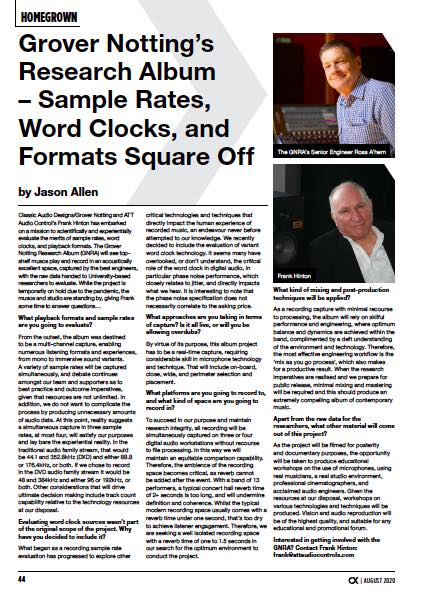
Entertainment technology news and issues for Australia and New Zealand
– in print and free online www.cxnetwork.com.au
© VCS Creative Publishing
Subscribe
Published monthly since 1991, our famous AV industry magazine is free for download or pay for print. Subscribers also receive CX News, our free weekly email with the latest industry news and jobs.


